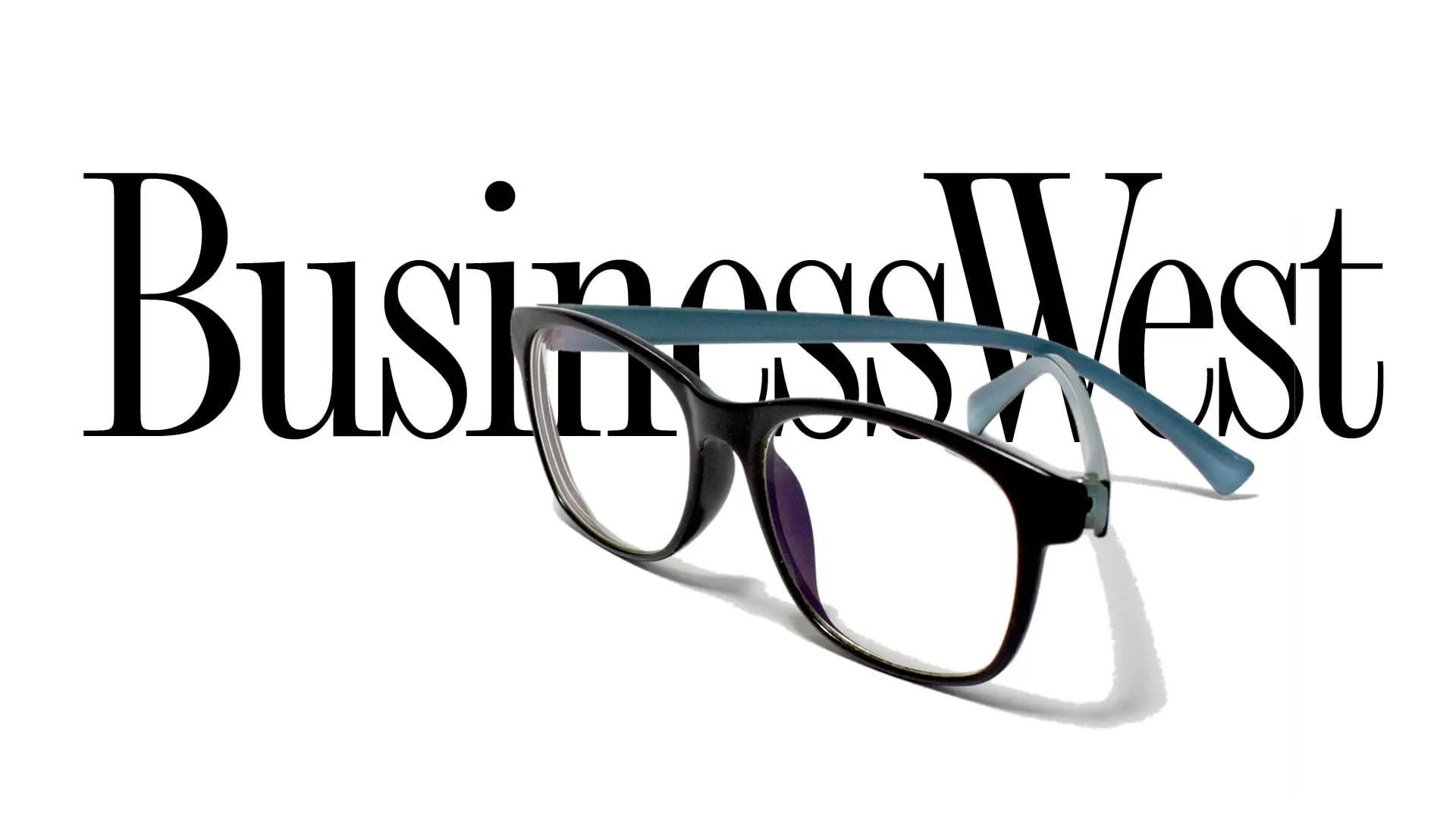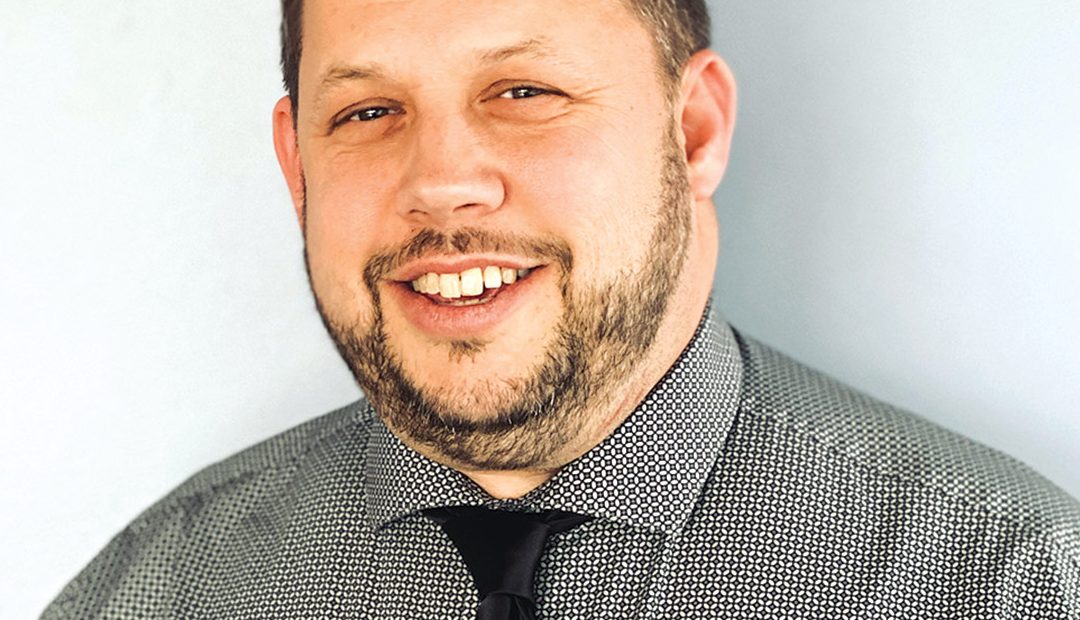Editorial
The numbers are alarming.
Indeed, state tax revenues have fallen below projections for seven consecutive months now, and the shortfall is beginning to put some real pressure on the Commonwealth’s ability to spend what it needs to spend to support vital programs.
Earlier this year, Gov. Maura Healey, citing the lower-than-expected tax-revenue collections — they were running nearly $800 million, or 4%, behind the state’s original projections at the time, and the estimated shortfall for the fiscal year is now pegged at $1 billion — slashed $375 million in spending, cutting hundreds of millions from programs that provide outreach for seniors, behavioral-health supports, and other services.
These cuts hurt, and they may be just the first, with more to come impacting other vital services that communities large and small provide to their residents.
While the numbers are cause for concern, what’s behind them should prompt even more concern. Indeed, while debate on why the revenues continue to decline continues, it seems clear that the state has tipped the pendulum too far in the wrong direction when it comes to taxing businesses and wealthy individuals — especially when it comes to the so-called millionaire’s tax — and, at the same time, it’s spending too much, especially when it comes to housing the thousands of migrants that have made their way to the Commonwealth.
Jay Ash, CEO of Massachusetts Competitive Partnership, a nonprofit, nonpartisan organization, noting that the state ranks 46th in state tax climate, including 44th in personal income tax, recently told a Boston media outlet what that dubious ranking means.
“We’re just losing our competitiveness. We have states around the country that are cleaning our clock. We’re no longer competitive when it comes to taxes. What the pandemic has done is showed us that business can take place away from the bricks and mortar that it was always tied to. So businesses, the people who run those businesses, investment, are all flowing to places where it’s easy to do business, and that’s not Massachusetts’ calling card.”
Places like neighboring New Hampshire, which is considerably more tax-friendly. And it’s not just businesses. Wealthy individuals are leaving the state as well, and the millionaire’s tax, which was enacted by referendum and imposes a 4% surtax on taxable income over $1 million, is likely a big reason why.
While the tax has certainly brought in new revenue — as much as $1.5 billion for 2023, according to some estimates — those gains are being offset by the loss of revenue, talent, and, eventually if not already, jobs. Indeed, the millionaire’s tax will wind up doing much more than keeping desired free agents from joining the Patriots, Red Sox, Celtics, and Bruins. It will contribute to a brain drain that will have a long-lasting impact.
As for spending, the state has long had a spending problem in general, and now it has another one — the steadily rising cost of housing and other services for the migrants pouring into the Commonwealth.
State Sen. John Velis, a Westfield Democrat who was among the National Guard members deployed to buttress the state’s shelter system last fall, told the Boston Globe earlier this year that Healey’s imposed budget cuts were “a warning shot” about the financial pressures wrought by the influx of migrants and the demands it has put on the state.
“A dollar is a dollar. And state money is state money,” Velis said. “I don’t know how I can continue to support more funding for [the shelter system] without some type of notion of where does it end or how are we limiting it?”
The state has to answer those questions, and, overall, it needs to reverse the trends that have brought such serious, and dangerous, reductions in overall revenues and pressure on the state budget.













